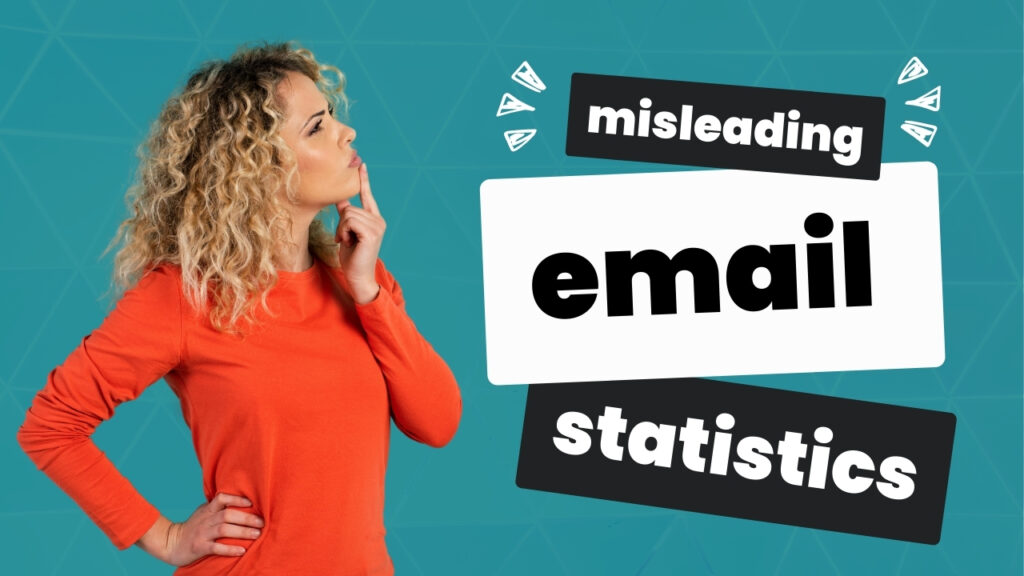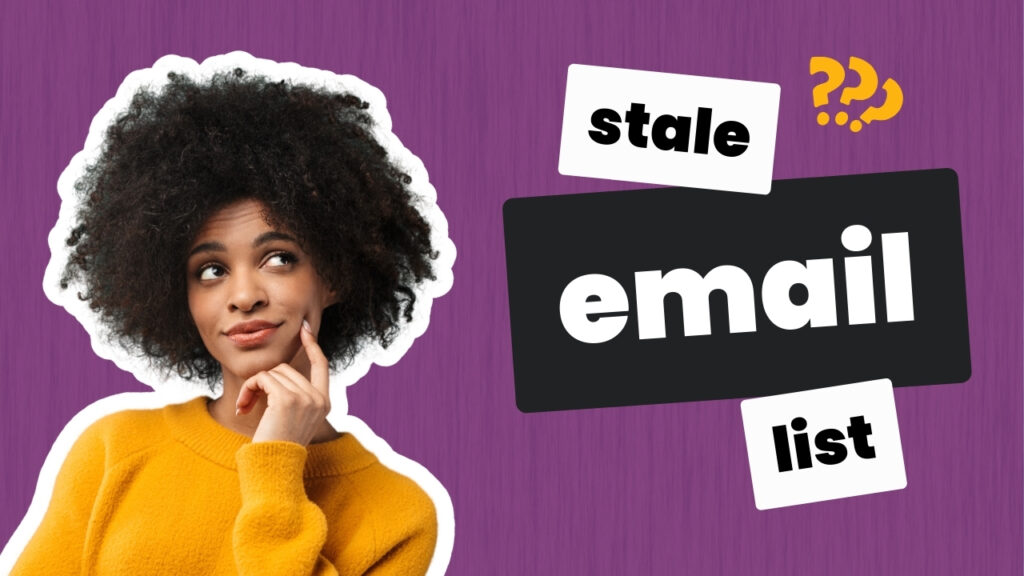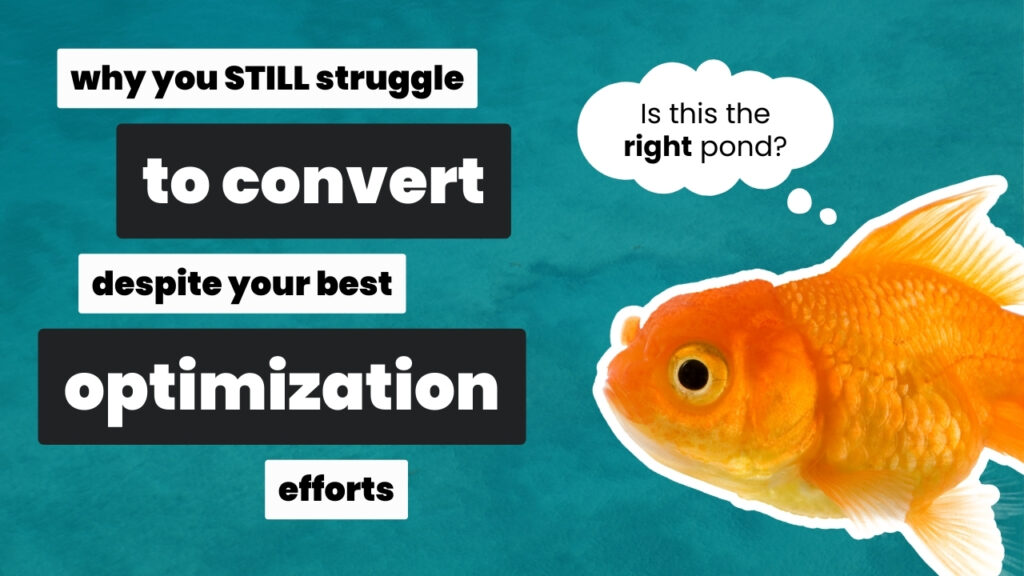One of the pillars of creating a high-converting sales page is connecting with your reader.
That sounds great. But how do you actually do it?
In conversion copywriting, we use the “voice of the customer” to connect with our readers and increase conversions on the sales page.
Here’s what that means.
The voice of the customer is simply your best prospects’ or past customers’ real experiences reflected back to them through the copy on your sales page.
You’re using their words, their daily experiences, their aspirations, their problems, their pains, their objections…
If you want to write high-converting sales pages, you have to base the entire sales page on…
what your best prospects are going through, on their real-world experiences
That begs the question: How do you know if you’re using the voice of the customer?
If you’re guessing…
If you’re writing what you think people need to hear…
If you’re creating copy based on what you think they’re going through…
You’re not reflecting the voice of the customer. You’re guessing. You’re making assumptions (and assumptions are often wrong).
What I want you to do is to go out — in the digital wild — and find out.
As a general rule, if I can’t back up around 80% (or more) of what I’m writing, claiming, or creating with actual quotes, stories, or other research insights, then I haven’t done enough voice of customer research.
If you have that doubt…
Does this sales page really reflect the voice of the customer?
If you can’t pull up actual data to support what you’ve written…
Odds are, you don’t have enough research to write a high-converting sales page.
My top 3 methods for doing voice of customer research are:
#1. Interviews
By interviewing your past customers or ideal prospects on your list, you can tap into a goldmine of voice of customer data. That’s where you can dig into problems, dig into what they’re really going through. You can go so much deeper in an interview that you can in any other research method.
#2. Surveys
You can send people on your list or people in your network with a 4-, 5-, or 6-question survey. You won’t get as in-depth data as in surveys because most people aren’t going to sit down and write you 3 paragraphs.
If you have a sizable list, you can get a lot of data from a lot of different people that you can use to get a more complete picture of your best prospect. You can also use that data to validate some of the insights you found in your interviews: Other people seem to be going through this too, so this is probably something that my best prospects have in common.
#3. Online Conversation Mining
Online conversation mining is where you monitor online conversations for insights (obviously). Go where your best prospects are hanging out (e.g., Quora, Facebook groups, LinkedIn groups, Amazon reviews) and see what’s being discussed. What are people sharing about their experiences with a specific problem, a specific solution, or a specific product?
Online Conversation Mining is a sales-page-saver when you don’t have past customers or a list.
I recommend using all 3 VOC research methods if at all possible because it’ll allow you to validate your insights. If you’ve found the same insight using each method, that insight (and resulting copy message) is more reliable.
In the following video sales page review, I analyze a sales page for “voice of customer” copy:
Does the copy reflect the voice of the customer?
Is it specific enough to get the visitor to take action?
Watch the video and grab some conversion-boosting ideas for your own sales page:


